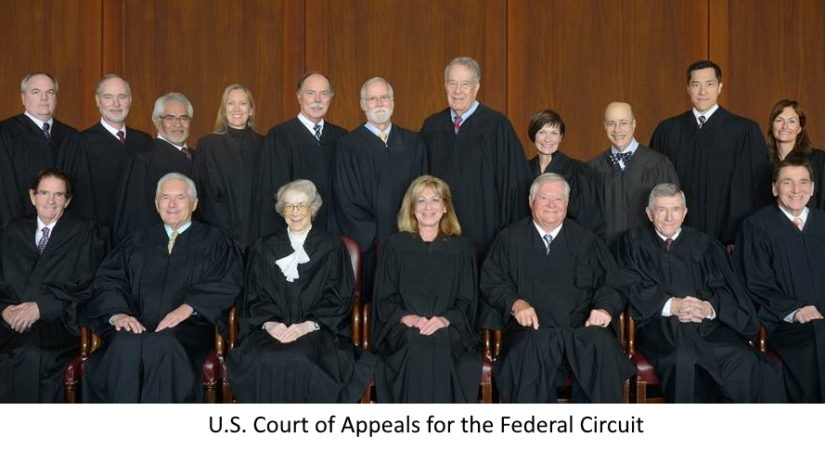In 2019 in an effort to promote consistency in the patent examination process, the U.S. Patent and Trademark Office (“USPTO”) issued revised guidance on patent subject matter eligibility, particularly with reference to judicially recognized exceptions to patentability including abstract ideas, laws of nature, and natural phenomenon. The USPTO guidance was later incorporated into the Manual of Patent Examination Procedure (“MPEP”).
While ostensibly based on substantive law, USPTO guidance is not binding legal precedent which need be considered by the courts in legal actions. In a 2019 non-precedential decision, Cleveland Clinic Foundation, Cleveland HeartLab, Inc. v. True Health Diagnostics LLC, the U.S. Court of Appeals for the Federal Circuit (“Federal Circuit”) indicated that “[w]hile we greatly respect the PTO’s expertise on all matters relating to patentability, including patent eligibility, we are not bound by its guidance.”
In an appeal of a Patent Trial and Appeal Board (“PTAB”) decision, In re Rudy, Appeal No. 2019-2301 (April 24, 2020), the Federal Circuit reiterated that USPTO guidance “is not, itself, the law of patent eligibility, does not carry the force of law, and is not binding in our patent eligibility analysis.” The Federal Circuit further emphasized that it is their own precedent and the precedent of the Supreme Court that is controlling. However, the Federal Circuit conceded that even though the PTAB’s analysis was based on the USPTO guidance, in this particular instance the PTAB’s “reasoning and conclusions are fully in accord with the relevant case law.”
More recently, in cxLoyalty, Inc. v. Maritz Holdings Inc. (Federal Circuit 2021) the Federal Circuit reversed the PTAB and decided that none of the claims of U.S. Patent No. 7,134,087 included patent eligible subject matter. The PTAB, following the USPTO guidance (Step 2B), had determined that cxLoyalty did not show that Maritz Holdings’ substitute patent claims lacked an inventive concept. The PTAB’s decision cited language in the USPTO guidance indicating that “even if an additional claim element does not integrate an abstract idea into a practical application, if ‘reevaluation indicates that the element is unconventional or otherwise more than what is well-understood, routine, conventional activity in the field, this finding may indicate that an inventive concept is present and that the claim is thus eligible.’” CBM2018-00037, pg. 84, citing USPTO guidance, 84 Fed. Reg. at 56. In reversing the PTAB, the Federal Circuit indicated that Maritz did “not contend that the claimed invention improves the use of computers as a tool,” a factor used by the courts in determining patent subject matter eligibility. The Federal Circuit further asserted that Maritz’s expert testimony “merely labels, in conclusory fashion, the invention as a technological solution to a technological problem.”
It is important to recognize that federal courts are not bound by the guidance of the U.S. Patent and Trademark Office and may rule inconsistently with the findings of a patent examiner or the Patent Trial and Appeal Board. Issues of patent validity and patent subject matter eligibility are resolved in federal courts based on federal court precedent, and this should be considered during patent prosecution, patent validity analysis, and legal proceedings concerning patent rights.
-Dimitri Dovas, Esq.

